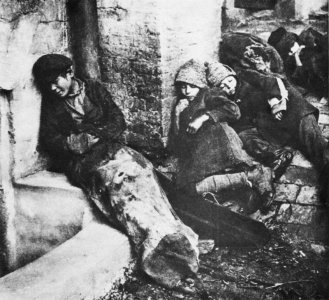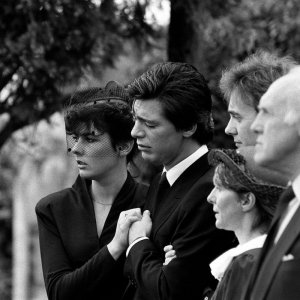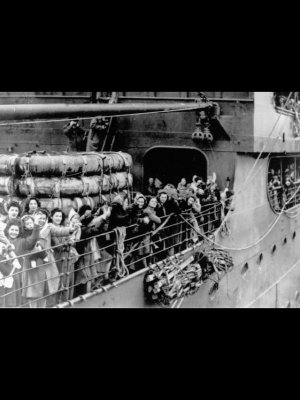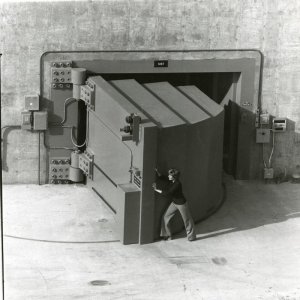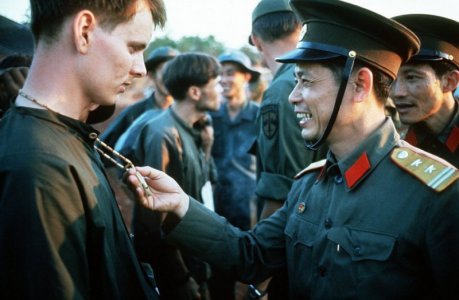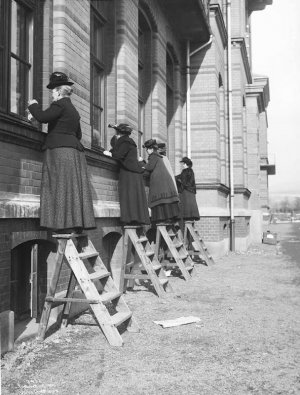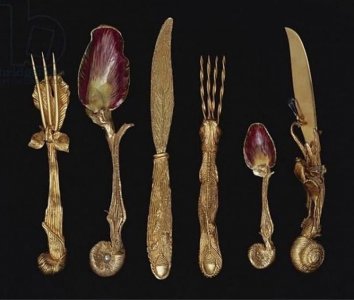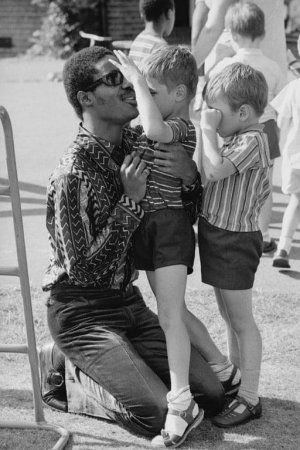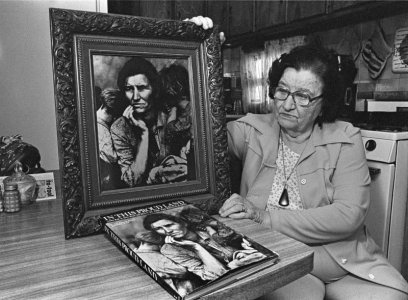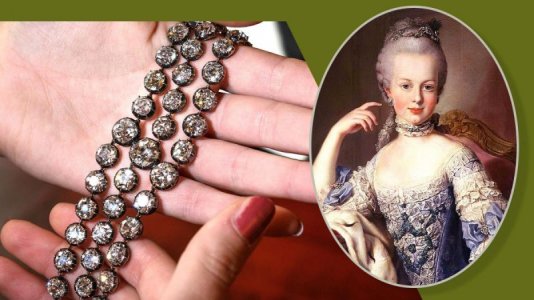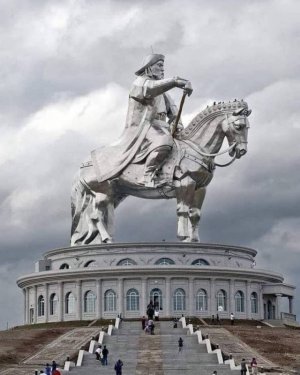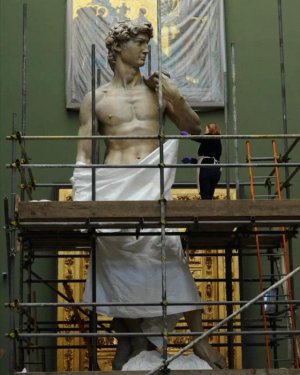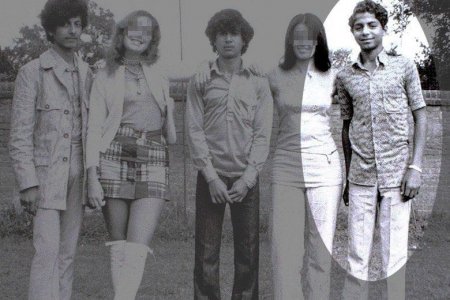8 February 1942 – The Battle of Singapore begins when Japanese forces invade the British stronghold.
The fighting in Singapore lasted from 8 to 15 February 1942, after the two months during which Japanese forces had advanced down the Malayan Peninsula. The British stronghold in Singapore was deemed to be an impregnable fortress. The British air and naval bases commissioned in 1939 and 1941 respectively were impressive and intimidating. The King George VI Graving Dock at the naval base was the largest dry dock in the world, scaling a full 300 meters to show the capacity of the British Malayan Navy.
Lieutenant-General Arthur Ernest Percival, right, led by a Japanese officer, walks under a flag of truce to negotiate th
It was the largest surrender of British-led forces in history.
The Japanese were very swift, employing bicycles as a means of movement through the jungle terrain. Using a combination of bicycles and collapsible boats, they outflanked and encircled the British army in North Malaya, cutting off their supply lines. On 31 January 1942, the causeway at Johore Baharu which linked Malaya and Singapore was blown up by the Japanese, resulting in a fifty-metre gap. The Battle of Singapore ended with the surrender of the British on 15th February 1942, by which time half of Singapore was already occupied by the Japanese.
Some of the British, Australian, Indian and Chinese forces captured by Japanese forces
This defeat was a crushing blow to the British Empire, and one that signalled the start of the defection of Australia’s foreign policy away from the United Kingdom. Australian Prime Minister John Curtin, told Churchill that Australia would regard the act of surrender as an inexcusable betrayal.
The British prime minister, Winston Churchill, called it the “worst disaster” in British military history.
